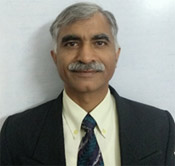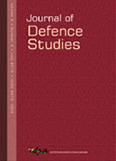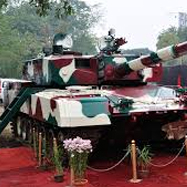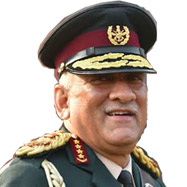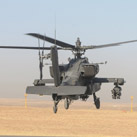African Defence: A Statistical Analysis
Africa’s continental aspirations are well documented in ‘Agenda 2063’. With a laid-out implementation plan for well-articulated goals to meet the aspirations, Africa is moving in the right direction, albeit a little slowly. The main reasons are intertwined and interrelated—conflicts and slow economic growth. To top this, African governments are splurging on building military capabilities without clearly defined strategic goals.
- Published: July-September 2023





